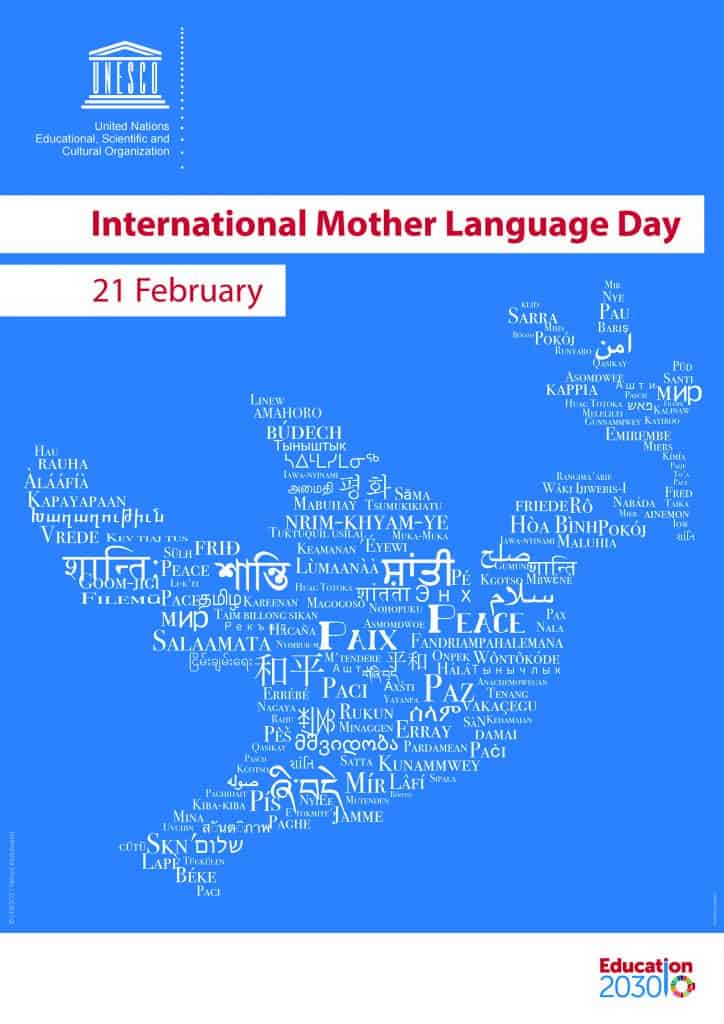

A new McGraw-Hill Education survey shows that while social and emotional learning challenges still present hurdles for English Learners (ELs), the state of English Learning in the U.S. is improving rapidly, with most educators indicating they are optimistic about ELs ability to succeed academically.
More than 460 teachers and administrators in K-12 schools across the U.S. took part in the second McGraw-Hill English Learners Report, an annual survey of educators and administrators.
The study presents a positive image of English language instruction in America, noting its growth and increasing accessibility, with 50% of educators said EL enrollment has increased over the past five years. A majority believed that EL instruction is sufficiently funded, with access to appropriate instructional resources increasing over the past five years.
Respondents reported that interactive instructional approaches and adaptive tools were the most effective teaching methods. The survey highlighted interactive classroom games and collaborative group work as interactive instructional approaches. A 2017 McGraw-Hill article explained that adaptive learning utilizes artificial intelligence to give every learner a personalized course that adapted real-time to their performance and interest level.
However, the most
widely used classroom instructional tools were audio-visual resources, while
adaptive learning technologies and free online educational resources were second.
A majority of educators believed their school or district provided “sufficient ongoing professional development opportunities to hone their skills,” and many felt they were generally equipped to teach ELs.
However, 46% of administrators and 36% of teachers felt they had not received enough EL training/professional development, and nearly a quarter in both groups said they did not feel confident applying the development they had received.
A majority of educators believed that EL instruction contributes to students’ overall English proficiency and academic performance. More than 75% of educators say they are optimistic about EL’s ability to succeed academically.
However, numerous survey respondents say that social and emotional challenges created learning obstacles for students. The study used examples such as “having overcome trauma or insufficient language skills to communicate with other students” to define social and emotional challenges.
Respondents also note a lack of family and community support as the second-largest learning hurdle. Conversations about immigration, which more than 60% of administrators and teachers report as being more prevalent than those about other political issues such as climate change and gun violence, also impact EL classrooms. Student reluctance to participate is the fourth and final factor marked by educators as affecting EL learning.
The study findings highlight the connection between social and emotional health and academic success, underscoring the need for schools to improve their support systems, as well as the need for educator training and the continued implementation of adaptive learning technologies and interactive instructional approaches.
The full report can be downloaded here https://www.mheducation.com/prek-12/explore/2019-el-survey.html












